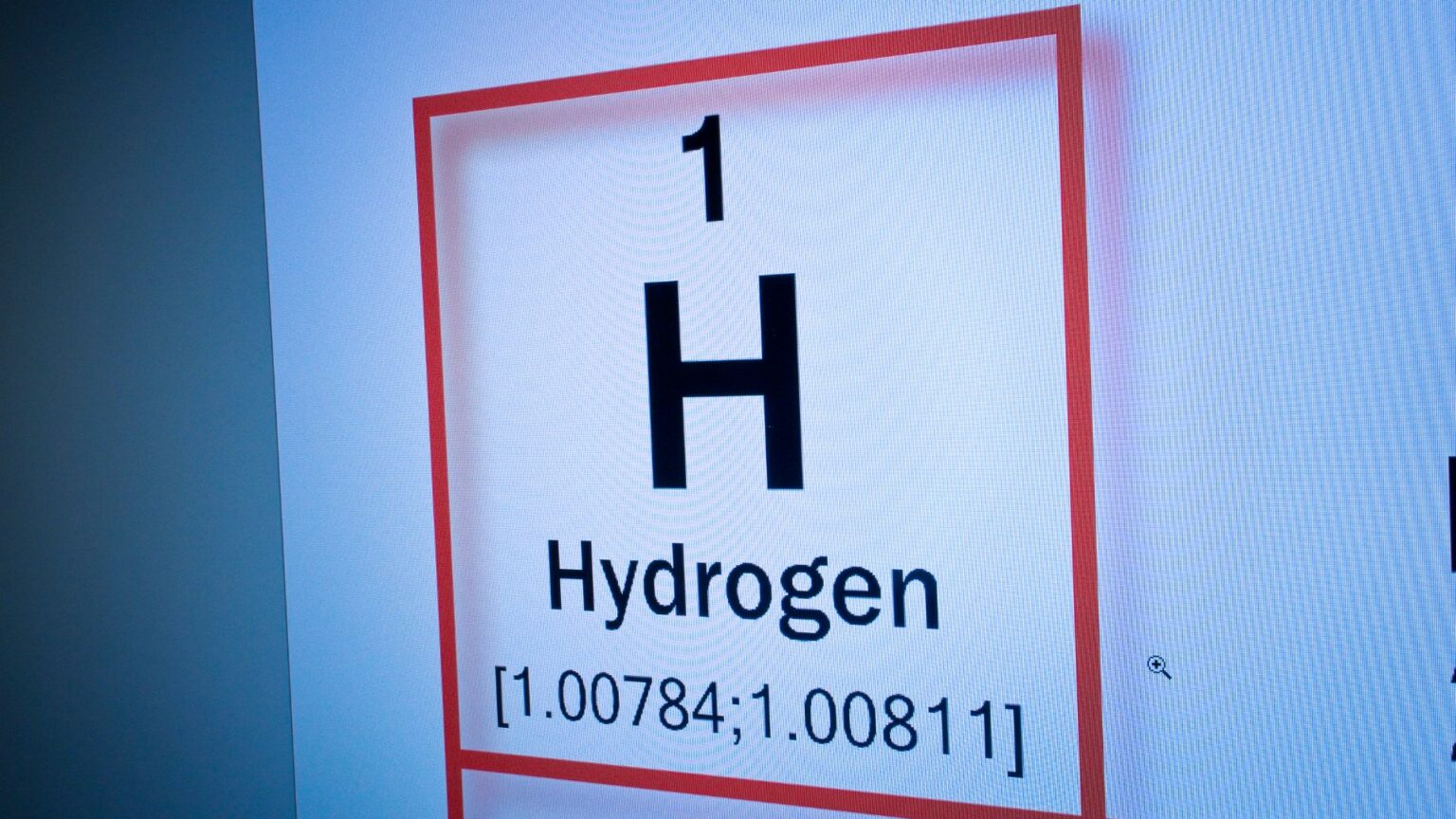A recently filed patent by Linde GmbH introduces a process that enhances the production of hydrogen while ensuring the minimization and potential utilization of by-products such as carbon dioxide.
The patent delineates a meticulous process that begins with a carbon-containing input. Through reforming and water-gas shift reactions, this input is transformed into a synthesis gas primarily composed of hydrogen and carbon dioxide. The core innovation lies in the separation method used to extract the hydrogen fraction and purify the carbon dioxide fraction to a level suitable for commercial use or safe sequestration.
A significant highlight of this process is the use of a first pressure swing adsorber (PSA1). This device plays a crucial role in fractionating the synthesis gas into two separate streams: a carbon dioxide-depleted high-pressure fraction and a carbon dioxide-enriched low-pressure fraction. This method is instrumental in enhancing the efficiency of gas separation, leading to better yield and purity of the desired hydrogen product.
Following the initial separation via PSA, the process integrates cryogenic gas fractionation. This step is crucial for compressing the carbon dioxide-enriched fraction, allowing for the procurement of a highly purified carbon dioxide component. The ability to attain such high purity makes this CO2 fraction valuable for numerous industrial applications or for sequestration, essentially providing a means to capture and mitigate carbon emissions.
The method patented by Linde GmbH stands to contribute significantly to the hydrogen economy by optimizing the production process and managing by-products effectively. It addresses a critical challenge in hydrogen production: how to produce hydrogen efficiently while minimizing environmental impact through effective carbon dioxide management.
This process is particularly relevant in the context of global efforts to transition to more sustainable energy sources. With its dual focus on producing clean hydrogen and managing carbon dioxide, Linde’s innovation could support industries in meeting environmental regulations and achieving sustainability goals.





